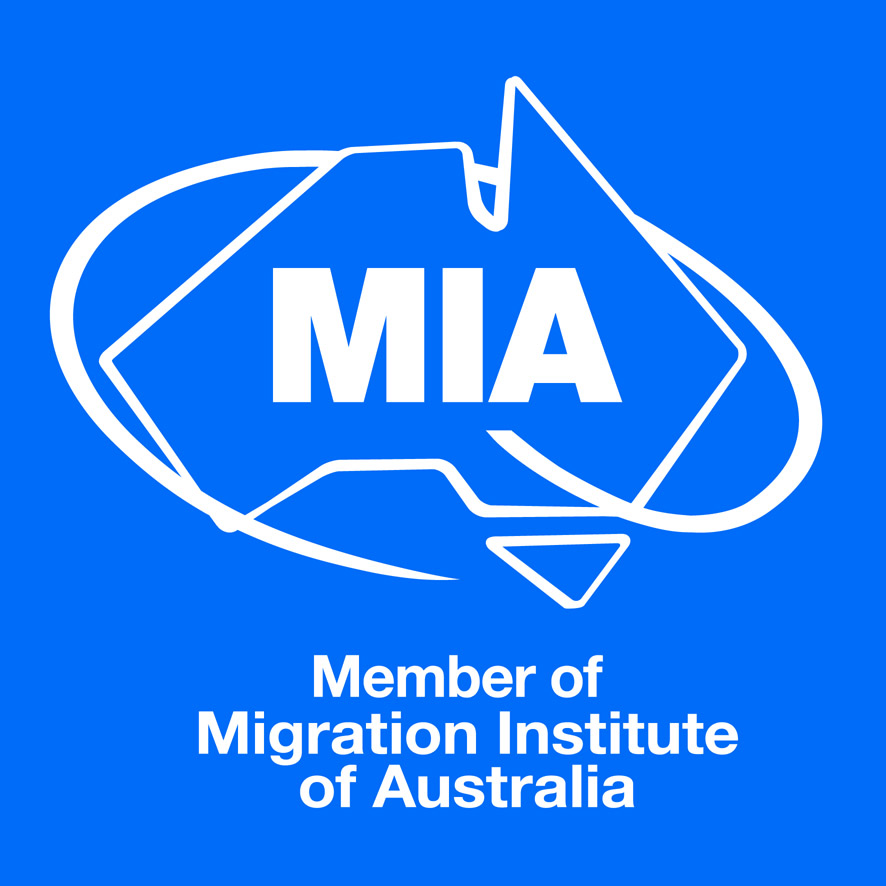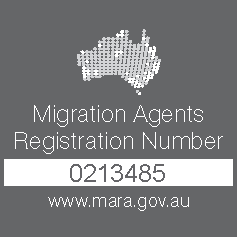The Federal Government’s decision to re-classify Perth and the Gold Coast as regional cities is a boon not only for these cities but for international students, skilled workers and local businesses. This re-classification comes into effect from 16th November 2019.
Perth and the Gold Coast have been re-classified in an effort to help alleviate the pressure on Sydney, Melbourne and Brisbane which currently holds close to 70% of the population growth. Perth and the Gold Coast are attractive options for international students and skilled workers and will hopefully contribute to creating local jobs in regional areas.
International students will be able to access incentives to undertake study in these cities and enable these cities to increase its share in the international student and skilled worker markets.
International students who choose to study in regional areas will be eligible for an additional year in Australia on a post-study work visa. There are many benefits to this incentive. For students, this additional year will provide them with work experience, income and post-study financial stability; an opportunity which will prove invaluable. For businesses, this initiative will help diversify and grow a stronger economy and provide access to a greater skilled labour force.
Universities in Perth and the Gold Coast have wholeheartedly backed this decision as they are keen to attract more international students.
As a result of this re-classification, some visas will be affected.
Which Visas Will Be Affected?
Subclass 485 (Temporary Graduate Visa)
Available from November 2019, the subclass 485 visa provides eligibility for holders to obtain a second subclass 485 visa (one-year duration) if they have graduated from the regional campus of a registered university or institution with a higher education or postgraduate qualification. This applies as long as the holder has maintained residence in a regional area while holding their first Temporary Graduate Visa.
Visa holders will be required to maintain ongoing residency in a regional area while they are holding the second subclass 485 visa. Graduates of Perth universities who lived in Perth while holding their first subclass 485 visa will be eligible to apply for a second subclass 485 visa. They must continue to live in Perth for the validity of this second visa.
Consequently, local businesses will have access to an additional skilled labour force of recent university graduates. This change will also encourage more international students to study in regional areas such as Perth.
Subclass 482 (Temporary Skilled Shortage Visa)
Once Perth and the Gold Coast are added to the list of regional areas, businesses will be able to nominate employees on 482 visas in occupations on the Regional Occupation List (ROL). This will give employers access to a wider range of occupations that can be nominated for this visa. Occupations on the ROL can for nominated for a 482 visa for up to four years and provides a pathway to permanent residency via the subclass 186 visa (Temporary Residence Transition Stream) after three years.
Subclass 491 (Skilled Work Regional Visa)
Replacing the subclass 489 visa, the subclass 491 visa requires visa holders to live in a designated regional area for three years before qualifying for permanent residency via the subclass 191 visa. The addition of Perth and the Gold Coast to the list of regional areas provides a greater incentive for 491 visa holders to live in these cities resulting in a larger skilled labour market for Perth and Gold Coast businesses.
Subclass 494 (Skilled Employer-Sponsored Visa)
The subclass 494 visa replaces the subclass 187 visa and requires holders to live in a designated regional area for three years before qualifying for permanent residency via the 191 visa. Local businesses will be able to nominate employees on a subclass 494 visa which will be granted for five years, giving them access to a larger pool of foreign skilled labour through the 482 and 494 visas.
Subclass 417 and Subclass 462 (Working Holiday and Work and Holiday Visas)
These visas require holders to complete at least three months of specified regional work before they can apply for a second-year visa. The inclusion of Perth and the Gold Coast on the regional areas list will provide these cities with additional labour in the form of working holidaymakers.
While it has been questioned whether the Morrison Government has backflipped on past decisions relating to the regional status of these areas, it seems that the decision to re-zone Perth and the Gold Coast can only be seen as positive. These changes present an optimistic outlook for international students, skilled workers and local businesses in these cities.
It is currently unclear whether the 417 and 462 will retain their current definition of ‘regional’ for the purpose of these visas.
If you would like to learn more about the regional migration or any other aspects of migration contact the Visa Solutions Australia team. It is a complex subject so it is important to speak with someone in the know.







